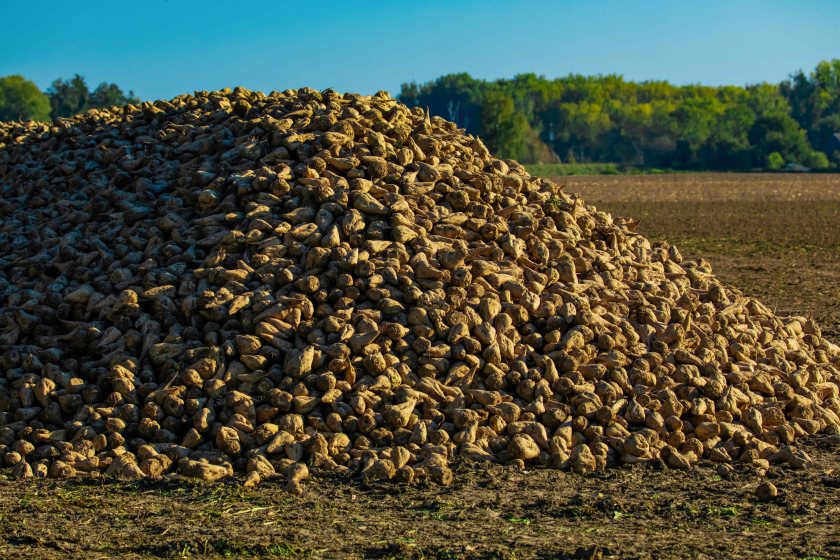
Dairy producers are being encouraged to increase their milk value and improve their carbon footprint by incorporating sugar beet feed in their ruminant rations.
Farmers should focus on improving feed efficiencies to meet performance targets and responsibility requirements, according to Cambridgeshire-based Trident Feeds.
It comes as there is a growing number of milk contracts aligned to greenhouse gas strategies as farms come under greater pressure to reduce carbon footprints.
Trident Feeds, which is the wholesale division of AB Agri Ltd, says the inclusion of UK co-products in ruminant rations can be used strategically to help boost feed efficiency and improve profitability and sustainability.
For example, sugar beet feed, generated from the production of sugar, has been shown to carry a significantly lower carbon footprint compared to soya hulls derived from South American soya.
Sugar beet feed, a mainstay of British livestock feeding since the 1920s, is the most effective source of digestible fibre-based energy available for ruminants, according to Trident.
Charlotte Ward, Trident Feeds ruminant technical manager, says: "British-grown, and non-GM, Trident sugar beet feed provides a balanced source of ‘rumen friendly’ energy, helping to maintain or increase milk production, without increasing the risk of acidosis.
“This digestible fibre also provides the building blocks for milk fat synthesis, increasing value, and an improved carbon footprint, per litre of milk."
Being highly palatable, sugar beet feed drives feed intakes whilst the slowly fermentable energy helps buffer against digestive upsets associated with high-starch diets.
This leads to improved feed conversion efficiency and increased animal performance across a variety of ruminant rations.
Sugar beet feed also contains high-levels of the beneficial feed components, pectins, helping to improve rumen function and performance.
Ms Ward explains: “Pectins are unique carbohydrates, from plant cell walls that ferment as rapidly as starch in the rumen, but produce the same acetate, a milk fat precursor, that comes from digestible fibre.
While most concentrate feeds contain less than 3% pectins (DM basis), digestible fibre feeds contain much higher levels, estimated to be around 35% for sugar beet feed, 24-26% for soya hulls and 15% for citrus pulp pellets.
Pectins are self-regulating, so if rumen pH falls, pectin fermentation slows until conditions improve.
Ms Ward says this boosts the buffering effects usually only associated with digestible fibre.
"[It] is a big part of the reason why feeds like sugar beet feed regularly outperform others, which on paper, have a much higher digestible fibre content,” she adds.
"The use of co-products such as sugar beet feed can help boost performance and profitability, while helping reduce carbon footprints and meet milk contract requirements."
